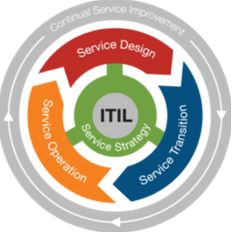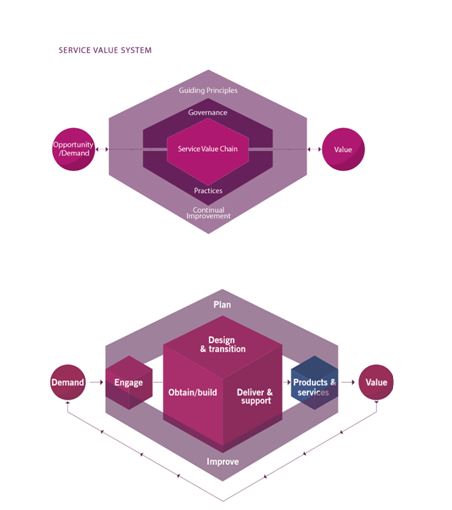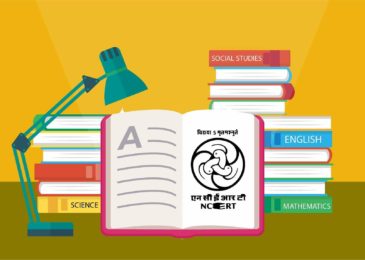ITIL 4, the newest version of ITIL, was launched on February 28th, 2019. With it, they released their first publication: “ITIL Foundation ITIL 4 Edition”.
ITIL 4 covers all of the content in ITIL 3 and has more modules and practices. You’d have expected a tweak, but it turned out to be much more than a tweak. You can consider ITIL 4 Foundation Course in instructor-led classrooms as well as online self-study to gain the certification.
The foundation book is very lengthy (about 220 pages of kindle version) and it’s easier to go through this article as it will cover most of the things covered in the manual and also highlight the top 5 differences between ITIL 3 and ITIL 4.
Let’s have a look at the top 5 differences between ITIL 3 and ITIL 4
Difference #1 – More practices
People liked ITIL 2 because of the fewer practices, but they just went on increasing this, and now, in ITIL 4 we have around 34 practices split into 4 functions under 3 main practices – general service management, technical management practices.
General management practices
- Architecture management
- Continual improvement
- Information security management
- Knowledge management
- Measurement and reporting
- Organizational change management
- Portfolio management
- Project management
- Relationship management
- Risk management
- Service financial management
- Strategy management
- Supplier management
- Workforce and talent management
Service management practices
- Availability management
- Business analysis
- Capacity and performance management
- Change control
- Incident management
- IT asset management
- Monitoring and event management
- Problem management
- Release management
- Service catalogue management
- Service configuration management
- Service continuity management
- Service design
- Service desk
- Service level management
- Service request management
- Service validation and testing
Technical management practices
- Deployment management
- Infrastructure and platform management
- Software development and management
These practices reveal that there are quite a lot of changes compared to ITIL 3 and rather, it’s more similar with ITIL 2.
Difference #2 – Practitioner principles
In ITIL 3, there were 9 principles under the Practitioner guide book but in ITIL 4 they have been brought down to 7 principles.
Here are the nine principles of ITIL 3 Practitioner –
- Focus on value
- Design for experience
- Start where you are
- Work holistically
- Progress iteratively
- Observe directly
- Be transparent
- Collaborate
- Keep it simple
And here are the seven principles under the current Practitioner level –
- Focus on value
- Start where you are
- Progress iteratively with feedback
- Collaborate and promote visibility
- Think and work holistically
- Keep it simple and practical
- Optimize and automate
Difference #3 – “Co-creation of value”
ITIL v3 was focussed on delivering value but ITIL v4 is focussed more on co-creation of value. Under IT service management, ITIL v3 service is defined as –
“A means of delivering value to customers by facilitating outcomes customers want to achieve without the ownership of specific costs and risks.”
Whereas ITIL v4 defined it as –
“A means of enabling value co-creation by facilitating outcomes that customers want to achieve, without the customer having to manage specific costs and risks.”
The latest definition accurately defines a service.
Difference #4 – Processes then, Practices now
The processes listed in ITIL v3 have been changes to practices in the latest version. Some expected it to be renamed as ‘capabilities’ but practices is much more apt for ITIL.
Difference #5 – ITIL Service Lifecycle has become ITIL Service Value System
The ITIL service lifecycle has been replaced by an ITIL service value system and a service value chain as well.
ITIL v3 Service Lifecycle To this Service Value Chain
Difference # 4 P’s of Service Management to 4 Dimensions
In the earlier version of ITIL, there were 4 p’s of service management – people, process, product, and partners. However, in the latest version of ITIL v4, they have become 4 dimensions:
- Organizations and people
- Information and technology
- Partners and suppliers
- Value streams and processes
Difference #5 Automation is given importance
Since automation has become an integral part of IT services, the latest version of ITIL 4 has included it as an important principle.
Since technology has advanced to such a great extent, we can eliminate human efforts in certain sectors by using various automated technologies.
AI bots have been replacing humans for tedious and repetitive tasks and are also prone to almost no error.
To become an ITIL 4 certified professional, you need to take up the ITIL 4 Foundation training and that will help you advance to other ITIL levels once you achieve a minimum of 65% in the certification exam. The Foundation level exam has 40 questions and a duration of 60 minutes (1hour). There are 4 levels in ITIL v4 – Foundation, Managing Professional, Strategic Leader, and Expert.







